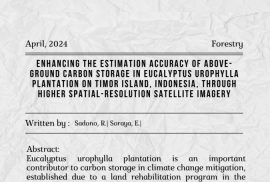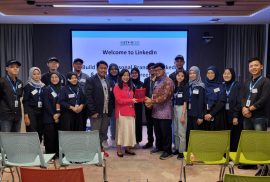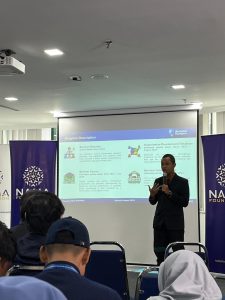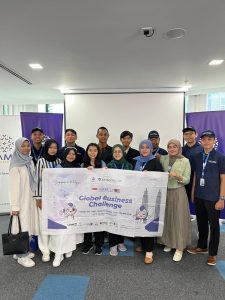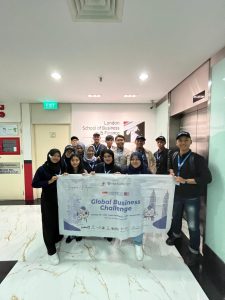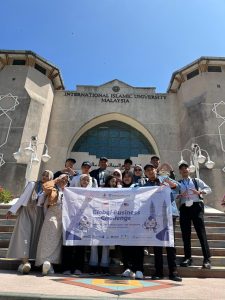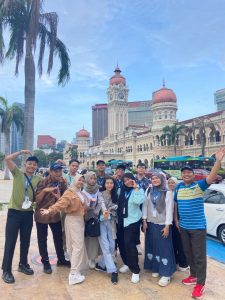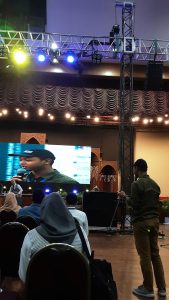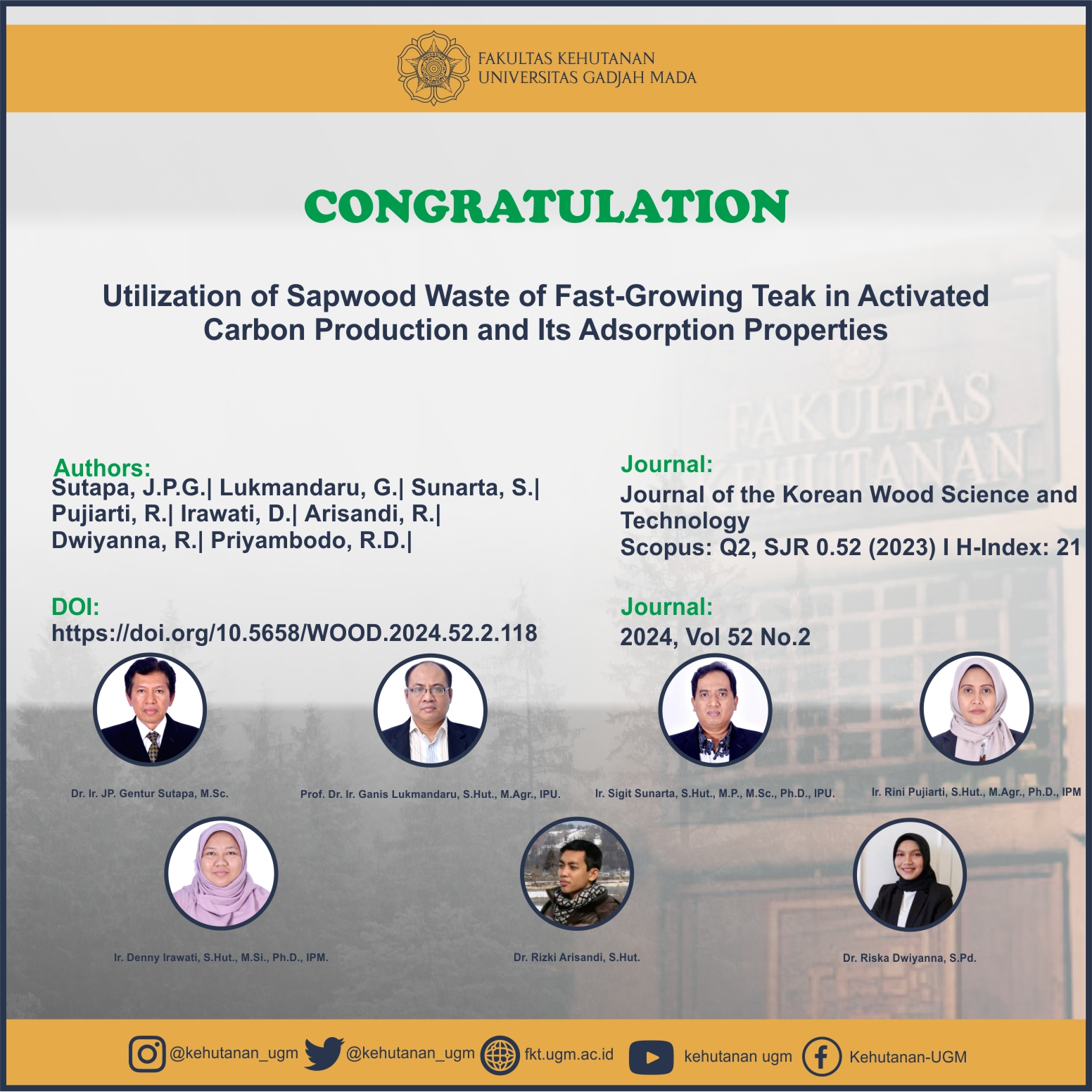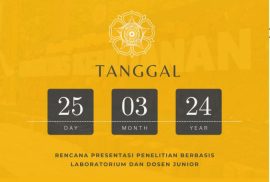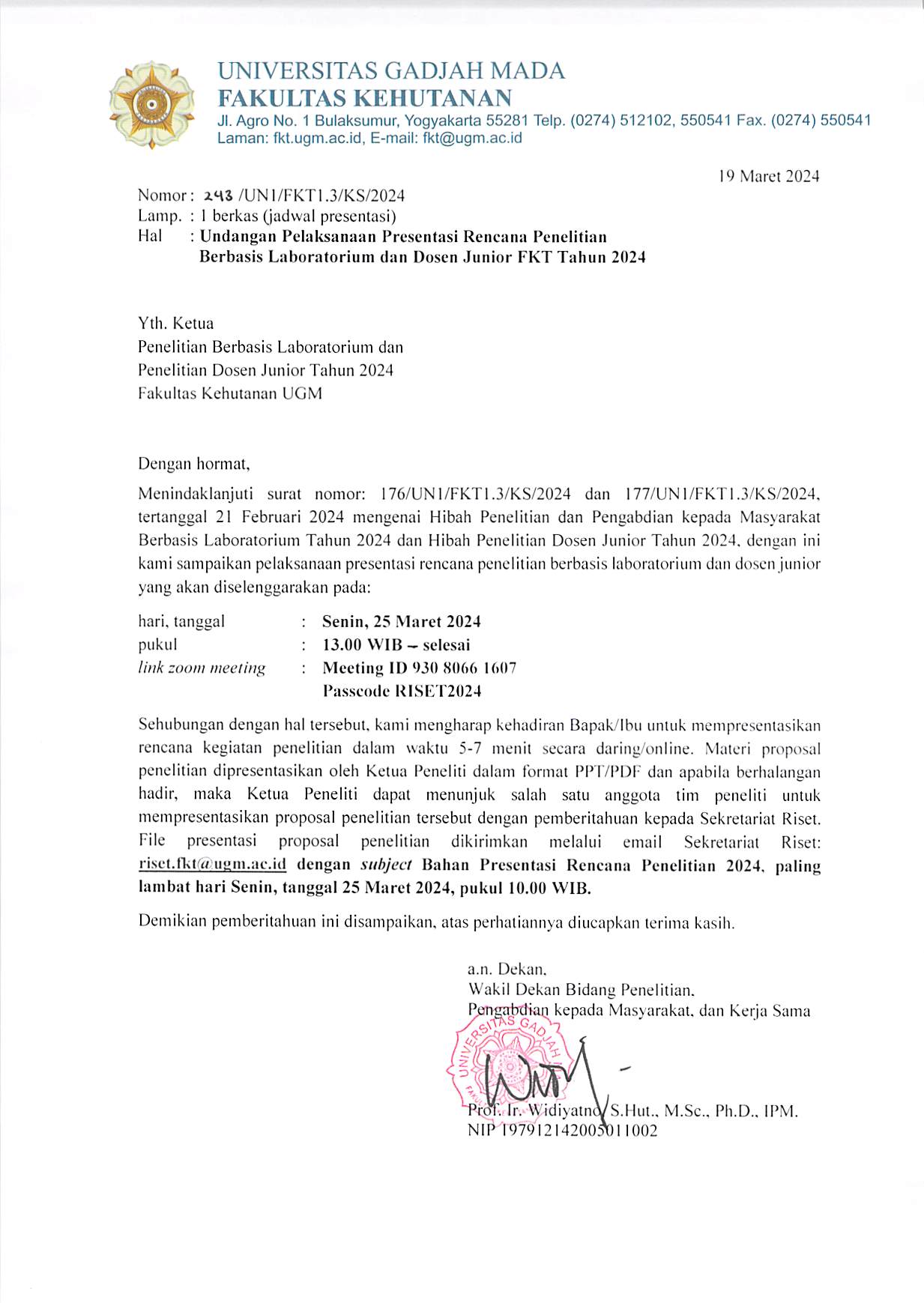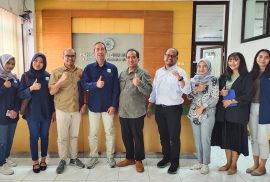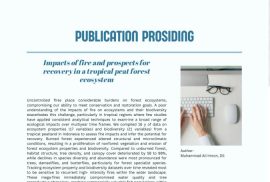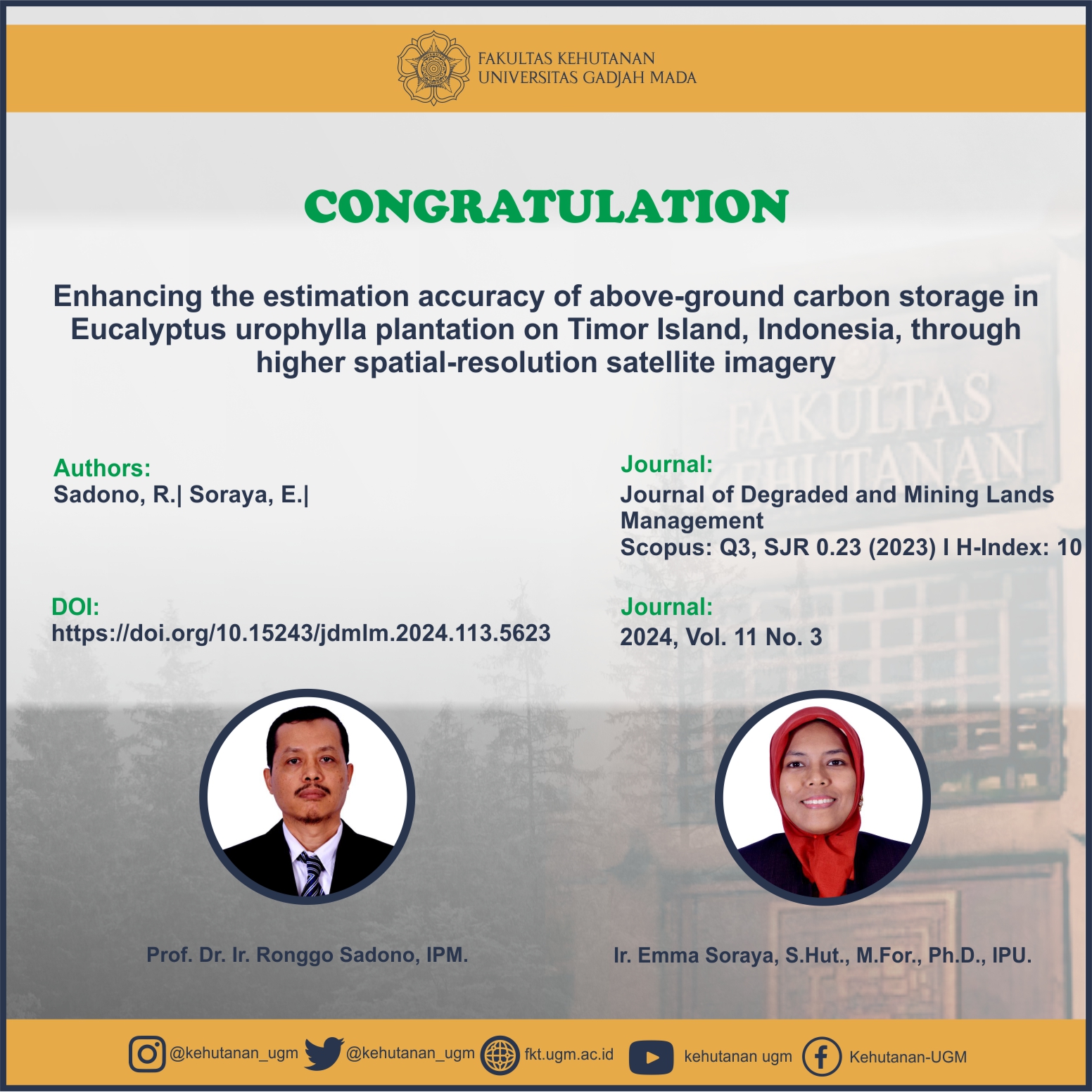
Abstract
Eucalyptus urophylla plantation is an important contributor to carbon storage in climate change mitigation, established due to a land rehabilitation program in the semi-arid ecosystem in Timor Island. To ensure an accurate estimate of the above-ground carbon storage of these plantations, it is important to continuously combine ground measurement with remote sensing technology. Therefore, this study aimed to compare the above-ground carbon storage estimation of two very high spatial resolution images, namely Pleiades-1B 2021 and Pléiades Neo 2022 with pixel sizes of 2 x 2 m and 1.2 x 1.2 m, respectively. The normalized difference vegetation index was employed to identify the eucalyptus trees and classify the density into low, moderate, and high. The results showed that Pléiades Neo imagery provided superior eucalyptus tree identification to Pleiades-1B imagery and was more accurate in estimating above-ground carbon storage. However, there is a trade-off between increasing this accuracy and incurring a higher cost to achieve the highest spatial resolution image.
SDGs:
1. SDGs 4:Quality Education
2. SDGs 9:Industry, Innovation, and Infrastructure
3. SDGs 12:Responsible Consumption and Production
4. SDGs 13:Climate Action
5. SDGs 15:Life on Land
Link Dokumen:
Download

